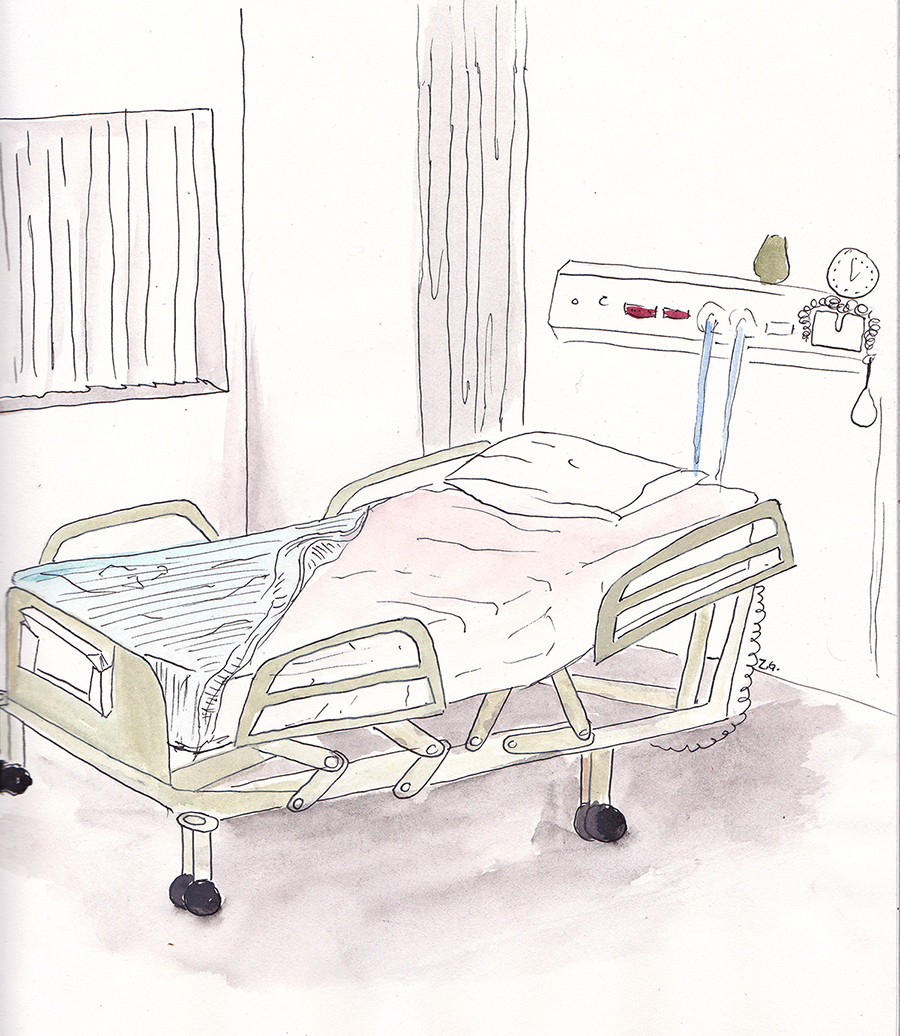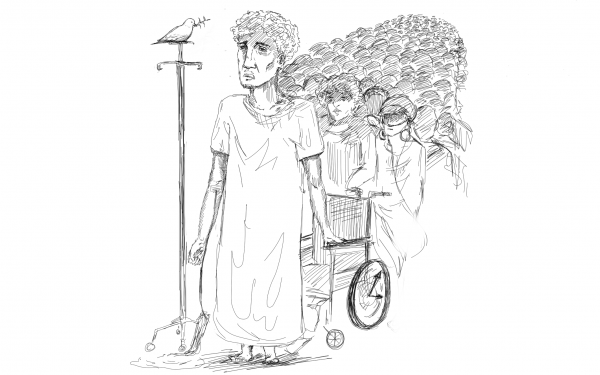It’s Time to Normalize Assisted-Death
Throughout my 19 years of existence, five of my relatives have had cancer and only one of them is still alive.
Through all of them I saw a pattern. I saw them smiling before their first chemotherapy. I saw them crying as the pain gradually increased. I saw them forgetting me. I saw them getting out of the hospital as their remission was almost complete. I saw them going back to the hospital. I saw them being dehumanised by the system that knew no remission was possible. After all of that, I only saw their ashes or graves.
What is left of them is not only the treasured memories but also, the painful memories of all these evenings spent at the hospital, the pain on their face and the guilt I felt watching them slowly die.
This is the reality of an estimated 21,000 people in Quebec, and 78,000 in Canada for the year of 2016, according to the Canadian Cancer Society.
There is no predicting when it comes to diseases; they strike without warning. Some make it out of it alive, while some face incomparable pain. A remedy to this pain would be assisted death, a practice that isn’t widely enough accepted in Canada yet.
Since June 17, 2016, Canada has accepted assisted suicide and euthanasia as a possibility for certain patients. The two terms—assisted suicide and euthanasia—are commonly confused. Assisted suicide is when a physician provides a patient with the means to end their life, whereas euthanasia is a deliberate action from a physician to end a consenting patient’s life.
Bill C-14 states that a patient who wishes to end their life with assisted death needs to meet certain requirements—being a Canadian resident covered by Canadian health care, being more than 18 and capable of making decisions, having a grievous and irremediable medical condition, and having made a voluntary request that is not the result of external pressure.
The application process takes ten days—which is too long for patients who don’t have that time to spare. Along with the above requirements, a patient’s case needs to be reviewed by two independent physicians. Moreover, waiting on the ten days procedure doesn’t guarantee a patient’s case to be accepted. In Quebec, 19 patients have died before they could have their requests fulfilled in the first six months of the law’s existence.
The problem in the bill—what many Canadians are opposed to—is that people with mental illness or dementia are not allowed to request assisted death. Neither are patients that are not in the “final stage” of their disease, or don’t have a foreseeable death.
The case of Jean Brault of Sherbrooke, Quebec illustrates the restrictiveness of the bill. At the age of 19, Brault discovered a clot in his left-brain that partially paralyzed him and prevented him from talking. He struggled with the pain for years. After he was denied assisted death at 61-years-old, he purposely starved himself for 53 days. He was granted assisted death only when the doctors believed he had reached a “foreseeable death.”
Brault’s case is unfortunately just one out of many. Le Centre intégré de santé et de services sociaux de Laval has turned down 71 per cent of the demands for assisted death since the bill has been passed, causing some patients to take the matter in their own hands. On a brighter note, the Centre Hospitalier de l’université de Québec has accepted the totality of its 26 requests.
If patients meet the assisted death requirements, they will be most likely introduced to palliative care facilities. As opposed to curative cares, palliatives cares are used to prepare someone to accept their death—either imminent or not—via support from specialists, and painkillers.
These specialists—nurses, physicians, psychologists, physiologists and many others—work to provide the individual with mental or physical relief and comfort. Having said this, even though palliative care tries to lift the burden of one’s death from the relatives’ minds by making the patient’s life more comfortable, they are not successful in every case.
Some patients in palliative care will be in situations that can involuntarily be dehumanizing. In that case, the impact of the imminent death is greater as the weight becomes heavier and heavier.
I will always remember when I would turn my head to the window not to show my dad and my grandmother that I was crying. The tears running down my cheeks weren’t due to the fact that she was about to die. No, they were due to the fact that she was in pain but she just couldn’t do anything about it. And neither could I.
Assisted death is a controversial issue and it will be for some time. Many controversial medical topics, like abortion in the 1950’s, have now become essentially accepted. As time passes, assisted death will come to be widely accepted by physicians and societies.
Editor’s note: The headline of this article was changed in order to better reflect the content of the article.


_600_832_s.png)


